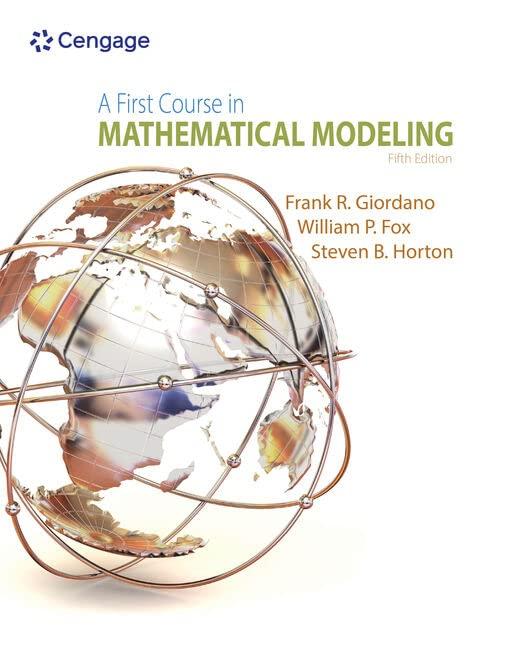Suppose the government pays producers a subsidy for each unit produced instead of levying a tax. Discuss
Question:
Suppose the government pays producers a subsidy for each unit produced instead of levying a tax. Discuss the effect on the equilibrium point of the supply and demand curves. What happens to the new price and the new quantity? Discuss how the proportion of the bene ts to the consumer and to the industry depends on the slopes of the supply and demand curves at the time the subsidy is given (see Problem 1).
Data from problem 1
Show that when the demand curve is very steep, a tax added to each item sold will fall primarily on consumers. Now show that when the demand curve is more nearly horizontal, the tax is paid mostly by the industry. What if the supply curve is very steep? What if the supply curve is nearly horizontal?
Step by Step Answer:

A First Course In Mathematical Modeling
ISBN: 9781285050904
5th Edition
Authors: Frank R. Giordano, William P. Fox, Steven B. Horton





